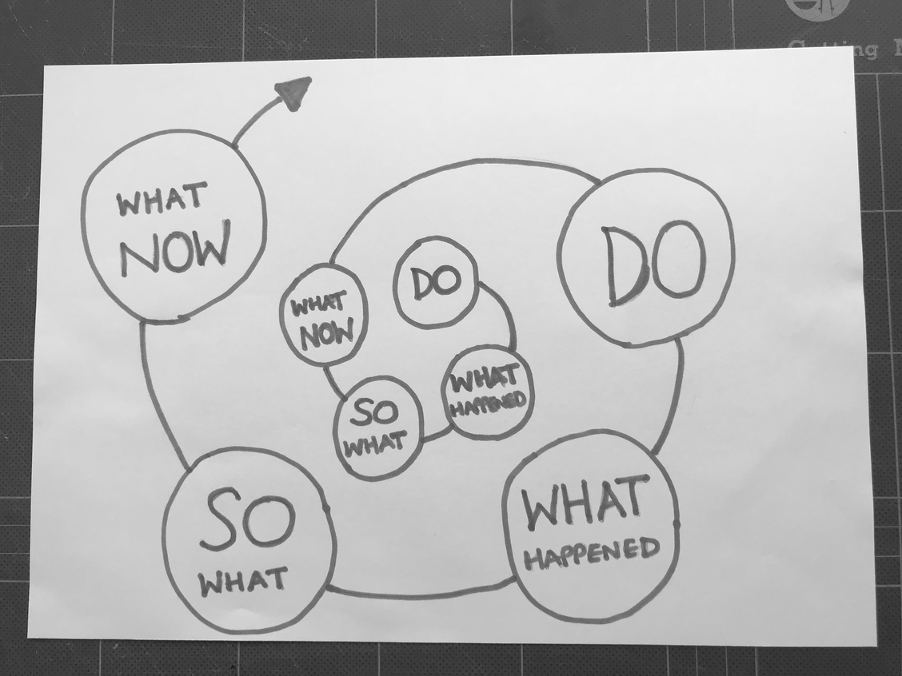
How to avoid your employee advocacy plans ending up on the ‘too risky’ pile
It’s common in human nature to resist change. Most people prefer the status quo even if it is less beneficial.
So it’s not unusual when you’re trying to persuade colleagues or senior management of an idea for change in your organisation that the brakes quickly come on and their eyes look the other way.
You need to bring them onboard in a way that is relevant to them.
You need to speak their language.
What language do you speak currently?
If you’re a digital marketing professional who wants to drive innovation in your organisation – for example launching an employee advocacy programme – you probably speak the language of change.
What this is will vary, as friend of Togethr and digital evangelist Brian Solis says: “there is no one type of changemaker, but they all wear similar hats at different points in their journey serving as pioneers, data gatherers, storytellers and creators, influencers and case makers, advisors, teachers, relationship builders and champions of digital transformation.”
But what you as a changemaker will possess are qualities that help you learn and experiment in areas where there isn’t much clarity.
What senior management typically want is clarity, evidence and reduced risk.
So if you want to avoid your new employee advocacy programme or other digital change plans being consigned to the too risky pile before they start, you need to bring them to life with a compelling narrative, using stories of successful change, humanising it with everyday language.
Gather evidence they’ll believe in
Experiments are a great way to build a story. Find a way to run a small ‘test and learn’ experiment where you can gather data and feedback from a small group to create these success stories and sell-in your change ideas with evidence from your own organisation.
At Togethr, we often work with clients to run these kind of experiments (or pilots) before the full roll-out of employee advocacy programmes.
Move fast and do-do-do
When you’re building your experiment, move fast in do-do-do mode.
This approach will help you to ask the questions you need to ask, it will help you to think about what you’re doing, in order to learn, adapt and innovate. You’ll be ready to answer questions from the c-suite.
There are many ways of doing this. We often base our thinking on David Kolb’s model of learning (adapted here by Jenny Campbell and the Resilience Engine).

- Do something
This is where many people start and stop, and where many experiments fail because they don’t go on to steps 2-4.
- Notice what happened
Look at data, be truthful about the facts, without interpretation. This is about gathering all the evidence you can. It has to stand up to questioning from management. - Conclude
By considering the so what of the situation – what can you conclude, is there the evidence for that, what is it and what options do you have to pursue next? Decide what’s the criteria for knowing which is the best route forward.
This step – concluding – really matters so make time for it. It will help you get a real understanding of what happened, why and what you learn to go forward.
And it will help bring it to life and bring others along with you. - Adapt and change in a new what now? Plan to give it another go, but better this time around. From the learnings of 3 – where do you go next? Is everyone aligned?
Be bold, step into your role as changemaker and bring people along with you.
Because when you have the confidence to lead with conviction and learn with courage, incredible things can happen and senior management will come fully on board.
We’ve seen it happen – many times.